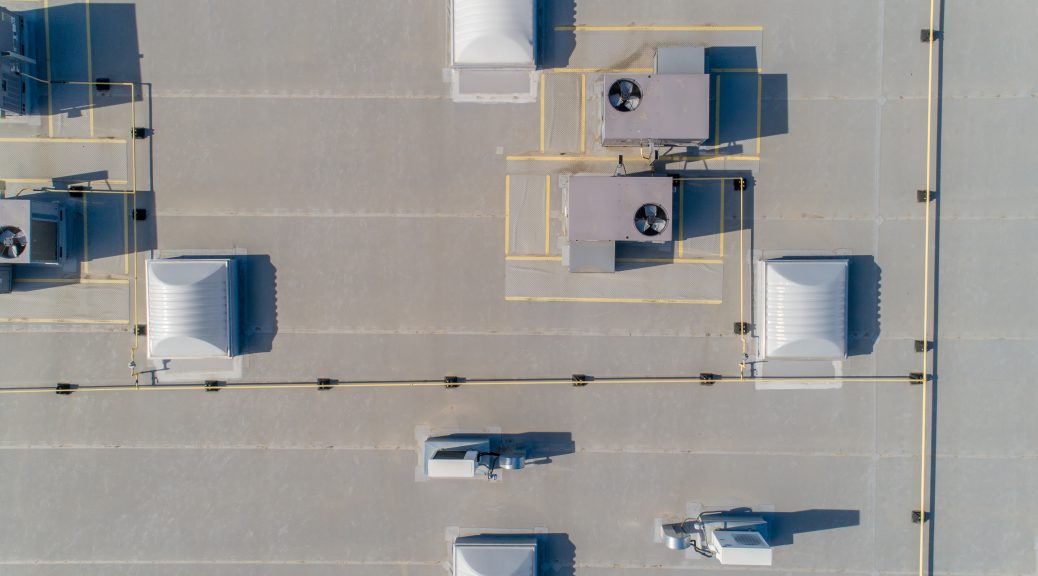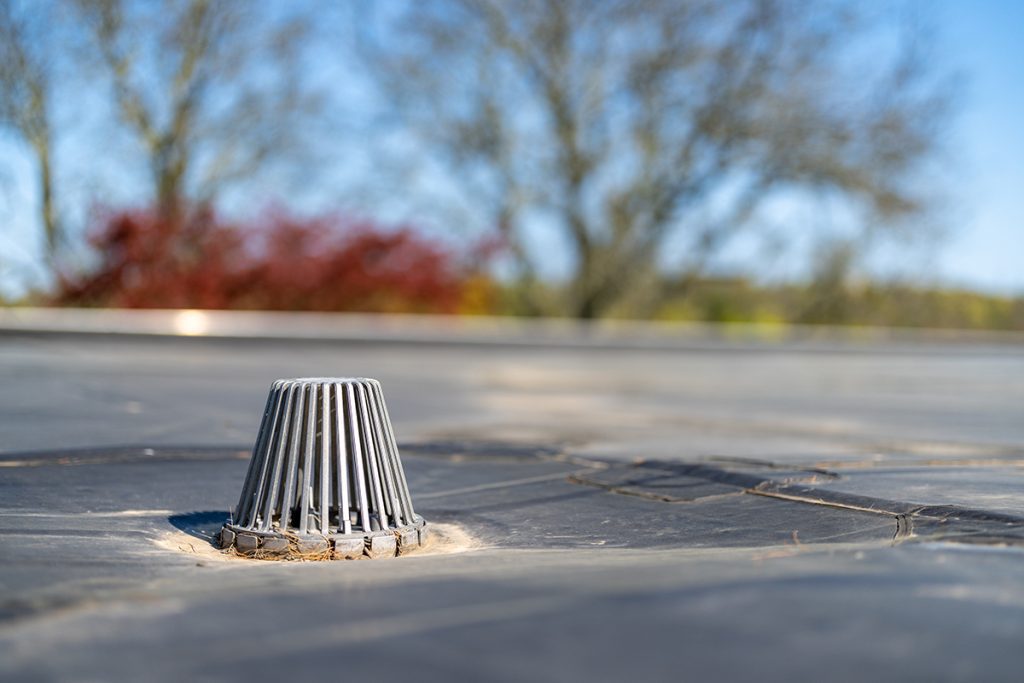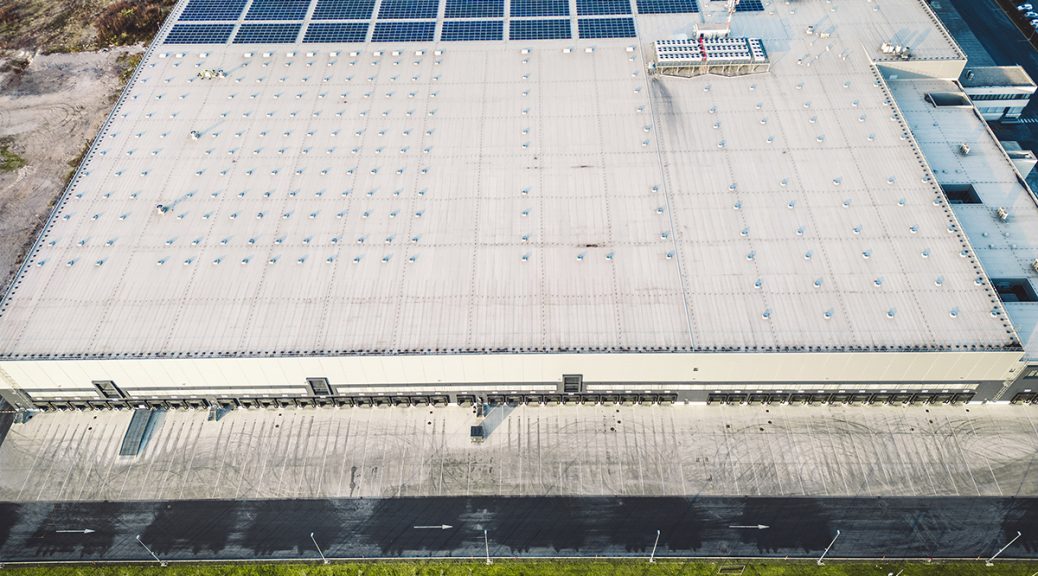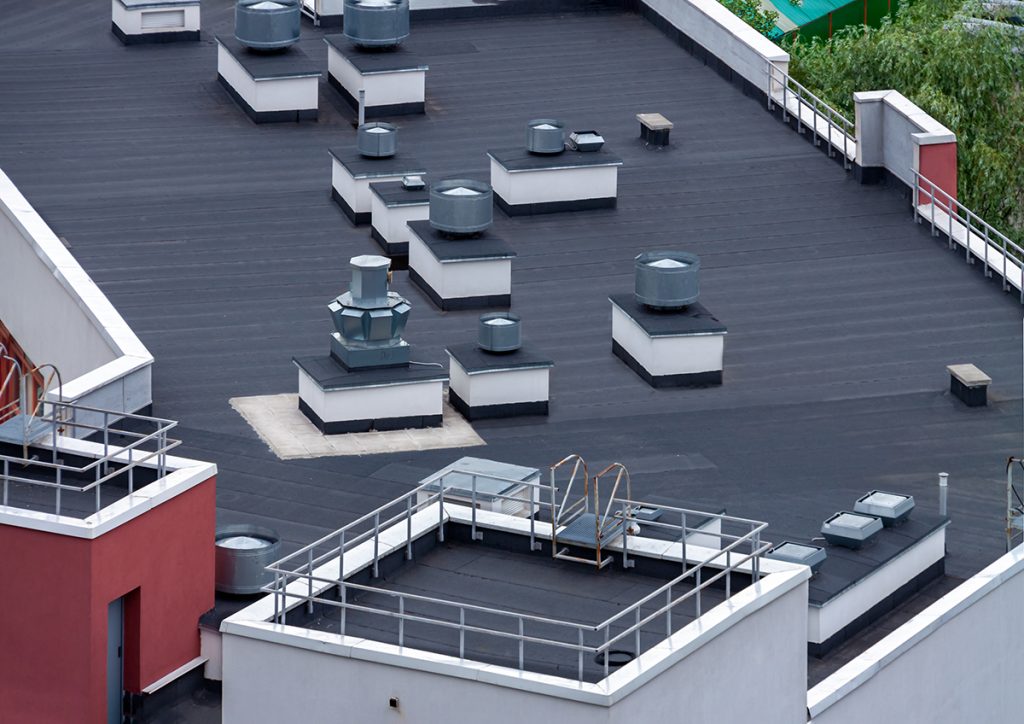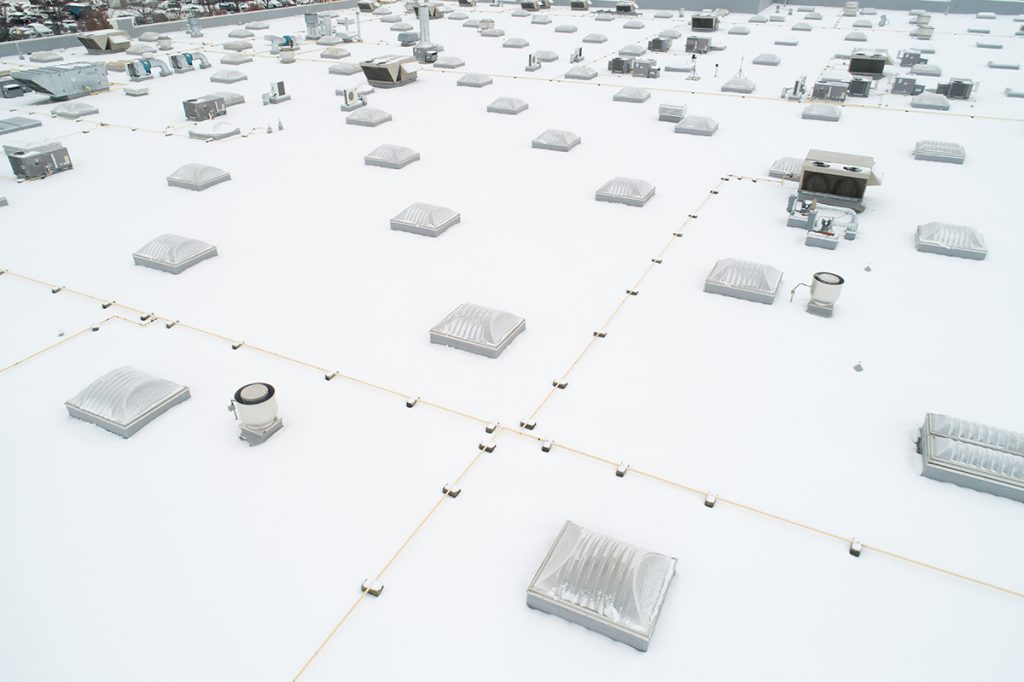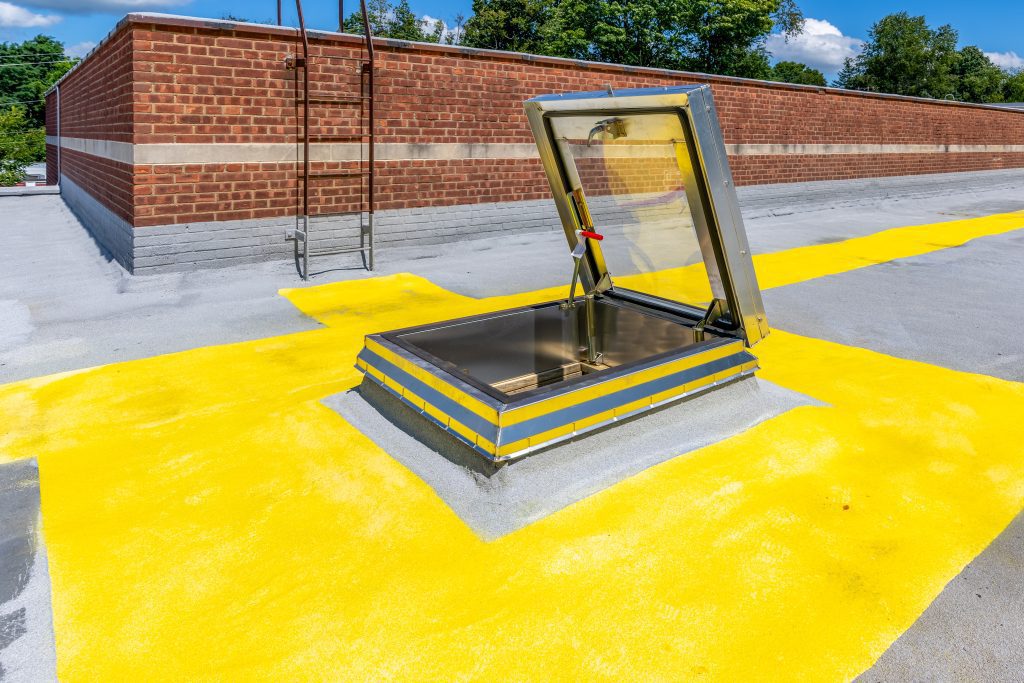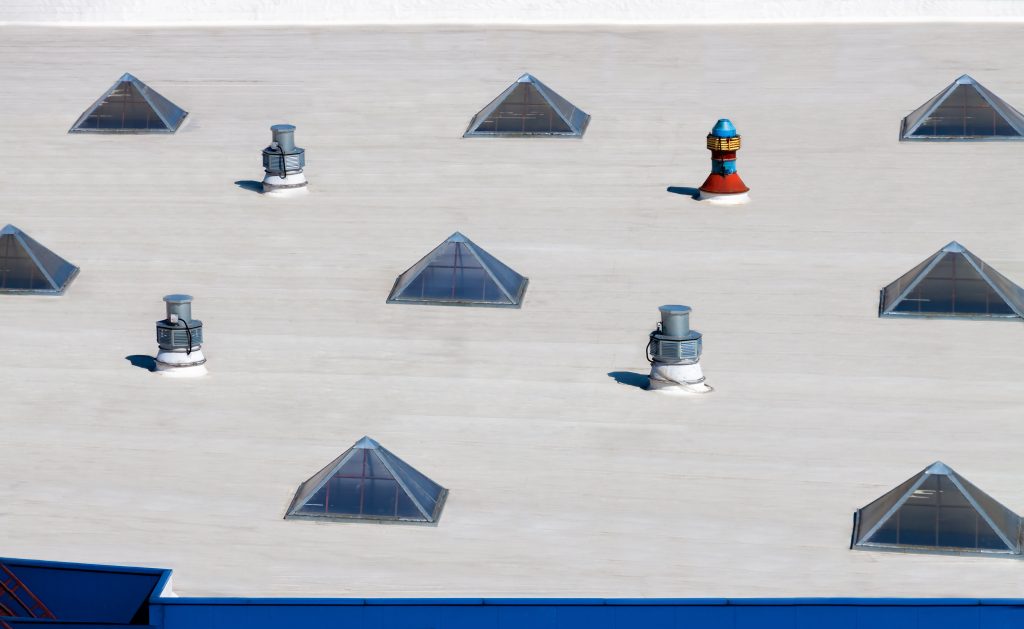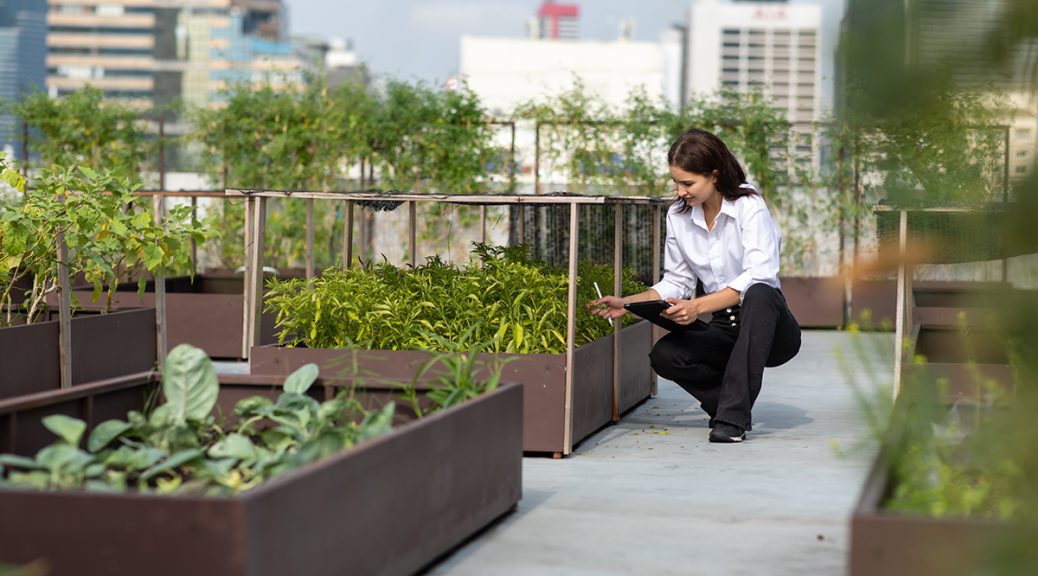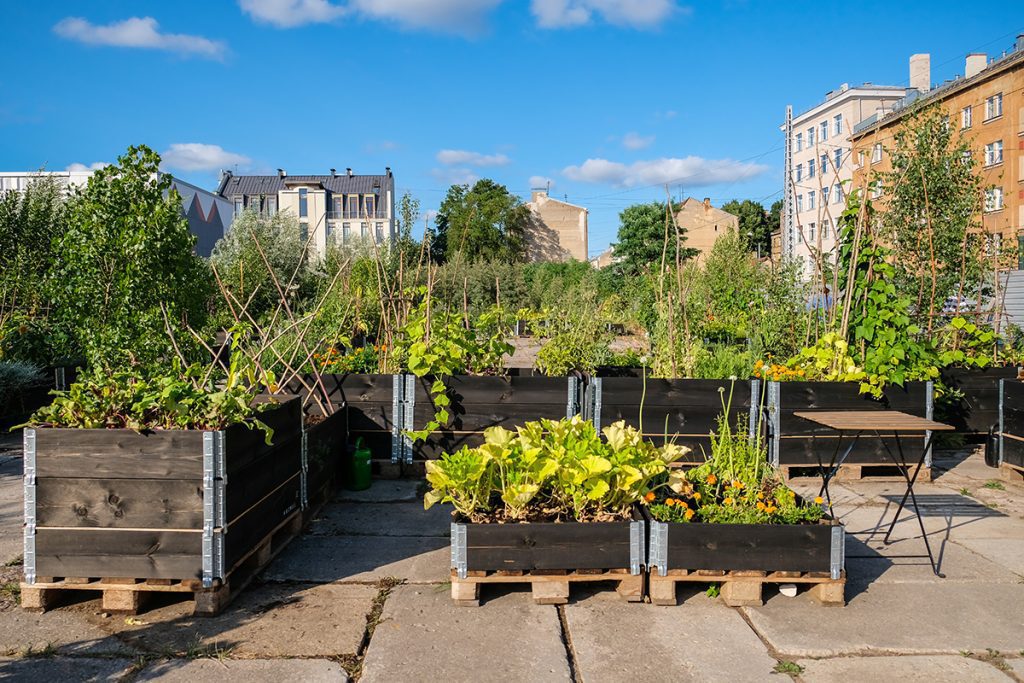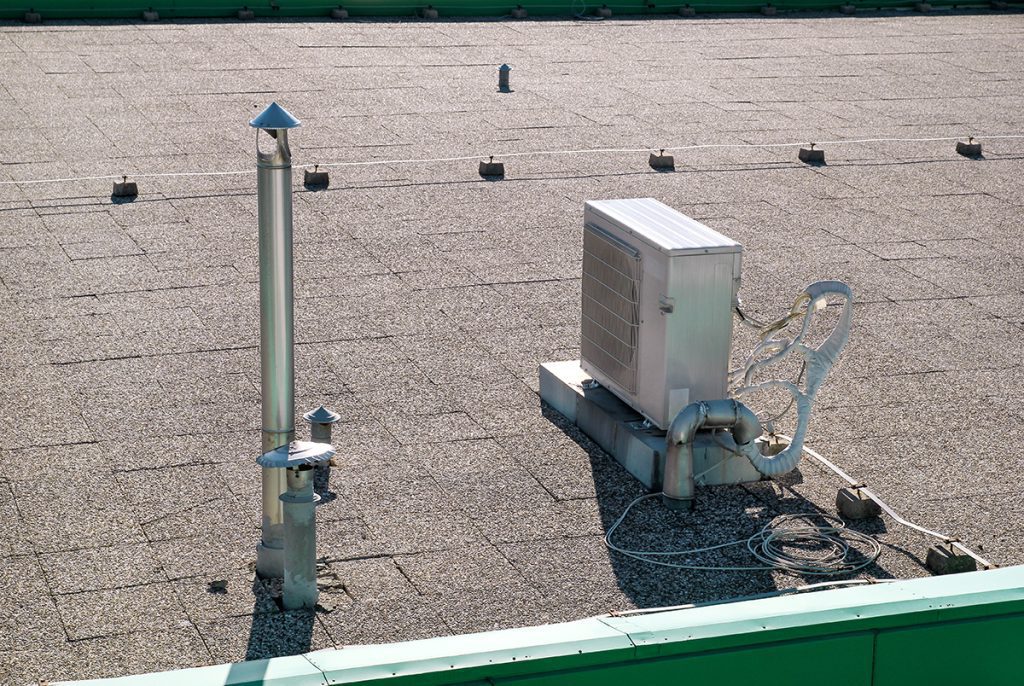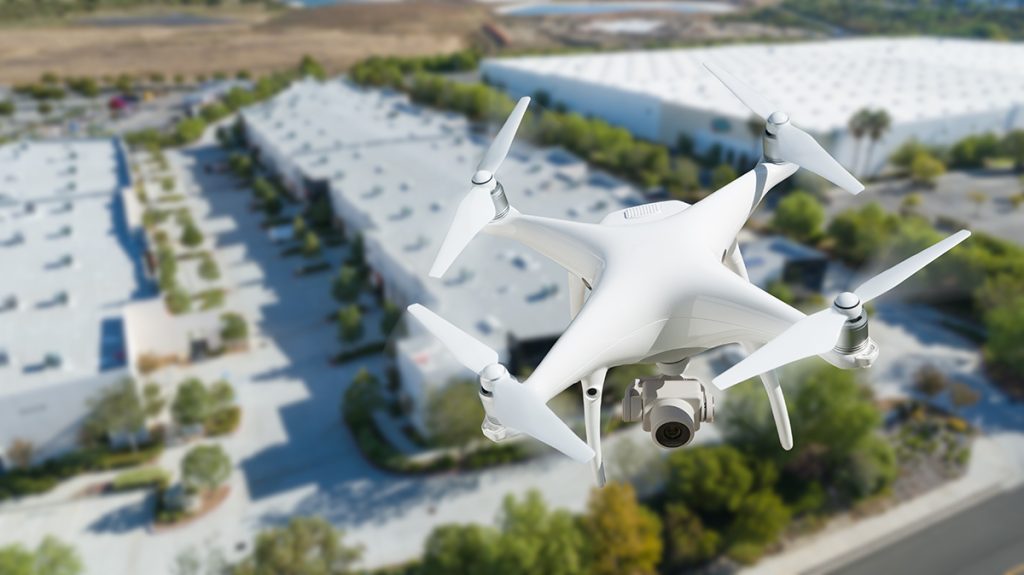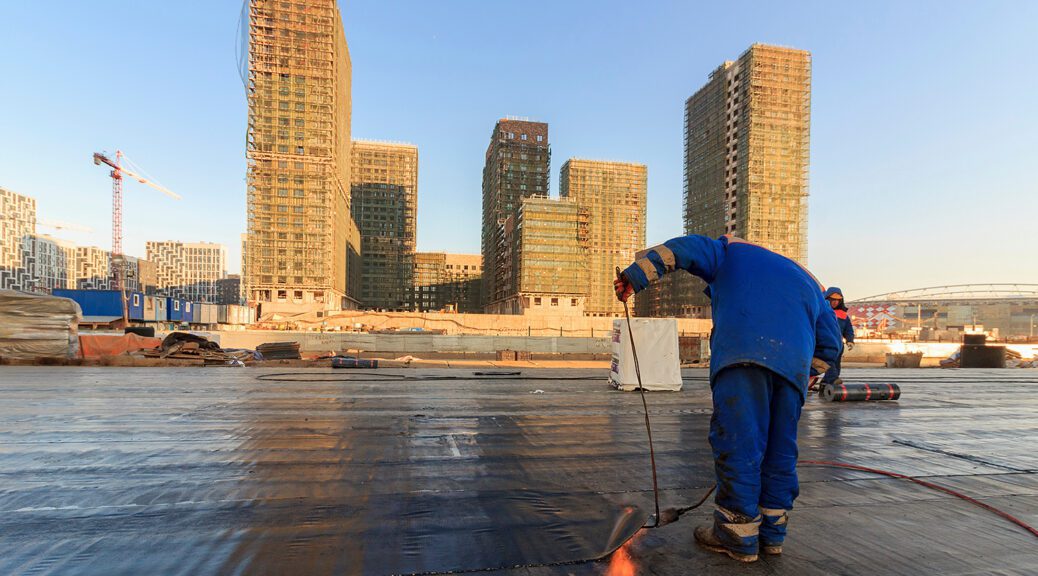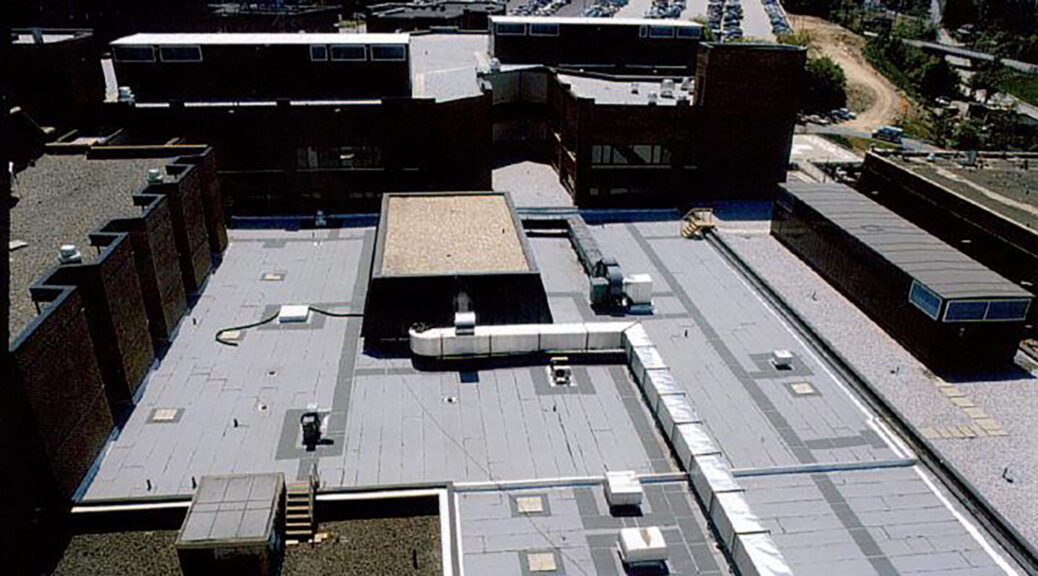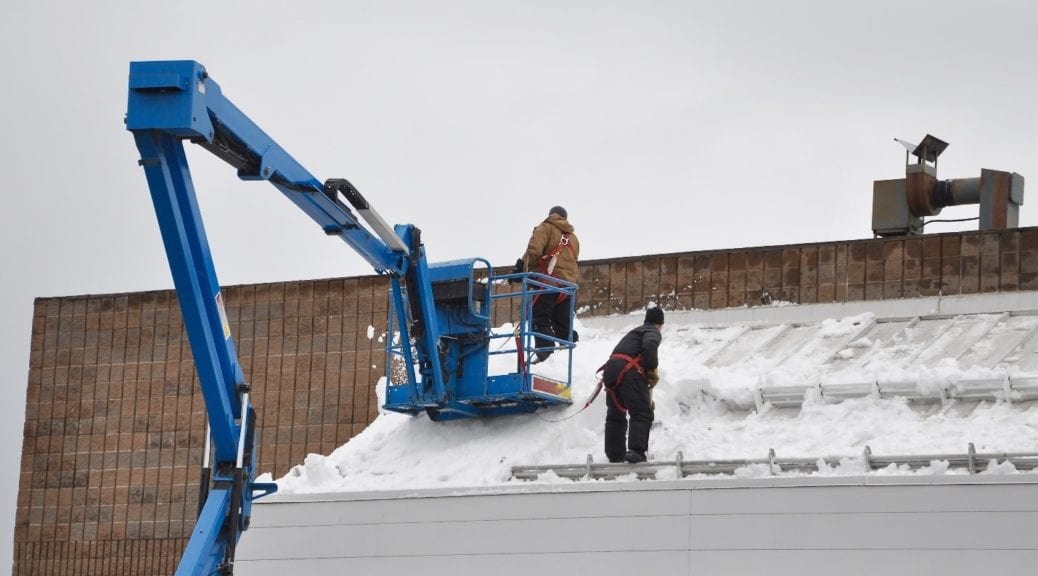Is your commercial building safe from the hidden damage of leaks and water infiltration? Long-term water damage can make buildings uncomfortable for your employees or even uninhabitable due to bacteria, mildew, or mold! But with us at your side, your office or production floor can be saved from drips and leaks that can cause irreparable harm.
When your roof membrane has torn or been cut, or flashing around the edges has been pulled away by storms, or even damage from over-filled drains, your roof is at severe risk of leaking water. With an experienced roofer like us, you can avoid these problems and the enormous costs they entail. So, if you are in the Hagerstown, MD, or York, PA, area, don’t hesitate to call us and save yourself a pretty penny!
What Are the Hidden Dangers of a Leaking Roof?
So, what exactly can be caused by a leaky commercial roof? What hidden damages are hiding underneath? Dozens of damages can be caused by leaking water, from water spots and stains to slip-and-fall accidents. However, these examples are minor risks compared to the significant hidden damage caused by leaks.
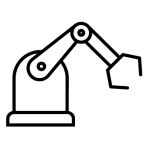
Equipment Damage
Damage to your equipment can be extremely costly and risk long-term production delays. When water leaks expose your equipment to too much moisture, it can cause rust and electrical shorts that can cause permanent damage. This damage can force you to replace or repair the equipment in question and require short-term delays in production or downtime for your business.

Fire and Explosion
Water leaks can, ironically, lead to fires that cause large-scale damage to your commercial building. Electrical shorts are often caused by leaking water, which bridges gaps between electrical components, leading to sparks and a fire risk. Depending on their purpose and use, dozens of standard electrical devices can easily lead to large fires and damage in your building.

Health Risks
Dangerous growth of mold, mildew, and bacteria is hazardous for employees, customers, and clients. Regularly inhaling toxic molds can easily lead to long-term health effects. Mildew is a less severe type of mold or fungus that can cause milder flu-like symptoms. Uncontrolled moisture will harbor bacteria, which can cause all kinds of health dangers for you and your employees or customers.

Building Failure
Compromised structural integrity is one of the most costly and dangerous risks of a leaky roof, much like how a river can carve a path through rock; a small trickle of water can cause permanent structural damage to your building if left unattended. Foundation fixes are prohibitively expensive and often force your office to go dark for weeks, leading to a loss of production.
These examples are the significant implications of not fixing leaks and are the most high-ticket items requiring you to resolve the roof damage immediately. Any one of these can cause your building to be deemed uninhabitable, scare off potential buyers, and necessitate commercial roof repairs. More minor problems caused by roof damage include increased utility bills, which can be solved with roof restoration services.
What Causes Roof Leaks?
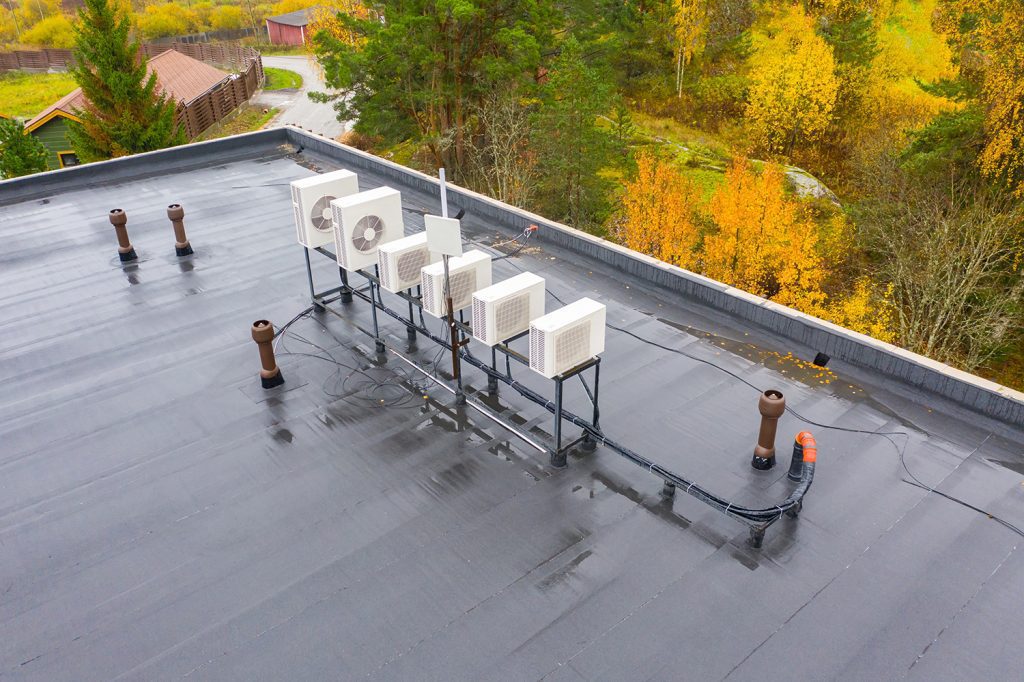
There are six primary causes of water leaks in your roof:
- Foot Traffic: Maintenance on rooftop equipment or employees navigating your building.
- Seams and Weak Points: Roofing panels and flashing require seams to be sealed effectively.
- Neglect and Age: Old roofing layers can simply wear away and lead to water penetration.
- Rooftop Equipment: If not appropriately sealed, HVAC units and exhaust fans can cause punctures, tears, and leaks.
- Weather Damage: The elements can bring excess water, damaging ice and wind, or even hail and debris.
- Debris and Tree Damage: Even if not carried by storms, falling branches can cause severe roof damage.
Most of these issues are very easy to avoid and prevent, but some causes are unavoidable and up to chance.
The easiest preventative measure is to ensure that your maintenance crew is adequately equipped for safely and carefully navigating your roof and preventing your staff from unnecessarily walking on the roof surface. Including a roofing maintenance plan in your business budget is crucial for preventing long-term damage from creeping up on your building and causing damage.
Detecting Signs of Water Leaks
The earlier you catch water leaks, the cheaper they will be to fix, preventing more expensive repairs later. The most obvious signs of water penetration for roof leaks include damp spots in the roof or on the floor beneath it. But there are other, more subtle signs as well.
Mold and mildew forming in the corners of a room can be signs of standing water or abnormal moisture levels. Professional equipment used during inspections, like thermal imaging, can detect areas that have higher moisture or drafts, which are two significant signs of roof damage that have caused pathways of infiltration.
Save Your Commercial Building from Hidden Leaks by Hiring Heidler Roofing!
Your commercial building is at risk of the hidden damage of leaks if you don’t regularly perform maintenance and check your roof’s surface. The implications of not fixing leaks are these long-term forms of damage caused by unattended water penetration. These consequences are why you should take on a professional roofer for all of your roofing needs.
Between our offices in Hagerstown, MD, and York, PA, we see extremely harsh weather throughout the year. This first-hand knowledge is how we have developed invaluable experience with roofing techniques and tools that will forever change your commercial building’s durability and lifespan. Call us today, and we can get your roof fixed ASAP. You can also ask about our roof maintenance plans for long-term monitoring and peace of mind!



